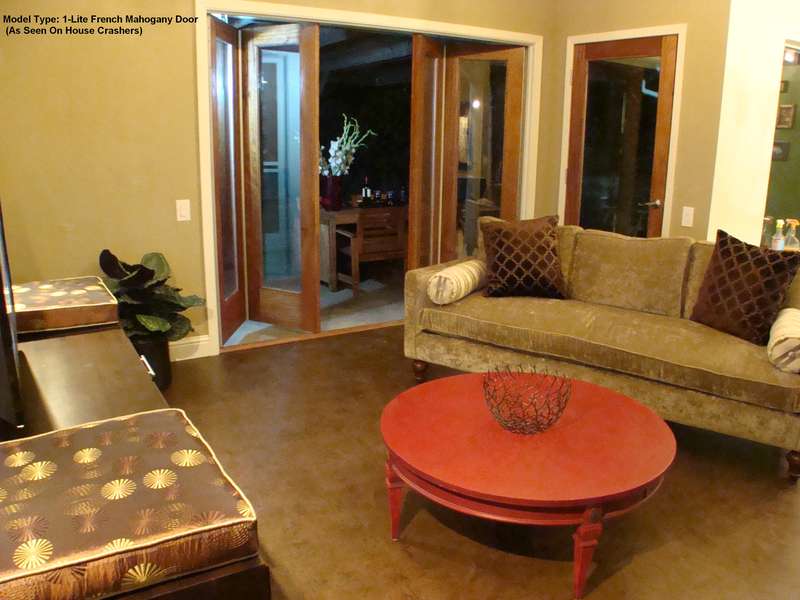
The colors you choose to use when painting the interior of your house can say a lot about you. Sometimes they say that you like things bright, sometimes they say that you like things dark, and sometimes they say that you are color blind. Whatever look you are going for, it’s important to take specific steps, steps that help assure the statement the interior of your house makes isn’t “Help me.”
With this in mind, it might seem easy to jump right in and begin painting: all you need is a can, a stirrer, and a brush, right? Well, not exactly. Though these may technically be all the items truly required, jumping right in can leave you with a finished product that’s anything but polished.
More often than not, the painting goes awry because of a failure to prepare. It’s the preparation, and not the painting, that often holds the greatest importance.
For this reason, before you pick up a paintbrush, take the following actions:
Take an inventory of the room you’re going to paint and remove furniture and other items that you don’t want to get paint on (i.e., the dog or your spouse). Place a drop cloth over large furniture too heavy to move, carpet, and tile floors. It’s also a good idea to lay an evenly spread drop cloth on the floor and place your paint bucket over it.
After you’ve removed things from the floor, continue the removal process by removing items on the wall. Pictures, nails, and even outlet and electrical covers all should be removed. Don’t worry, they’ll understand.
Next, patch up any holes, cracks, or breaks you find in the wall with caulk and run an electric sander over newly patched areas as well as unusually rough spots. If you don’t have an electric sander, a manual one will suffice. Doing this will give your walls a smoother look and keep paint from appearing clumped or broken.
After the wall has been sanded, dust and wash it. You don’t apply makeup to a dirty face, so why apply paint to a dirty wall? If your wall has wallpaper, it’s best to strip it off. While it’s possible to simply paint over wallpaper, getting rid of it completely prevents complications from arising.
The final step before “Operation Paint” can begin is taping. You’ll most likely begin your paint job with a roller or thick brush: these kinds of brushes aren’t good for the edging. Instead of attempting to paint around the edges, and risking that you’ll end up with a straight edge that is anything but, places an inch thick piece of tape around all edges, window sills, and baseboards. After you’ve painted the large parts, go back to the edges with a much finer, and smaller, paint tool.
This might all seem like a lot of work, but taking the lid off your paint bucket before proper preparation can leave you taking the lid off a whole can of worms in the process.
Posted in Home By
 Opanpan Door Skins
Opanpan Door Skins